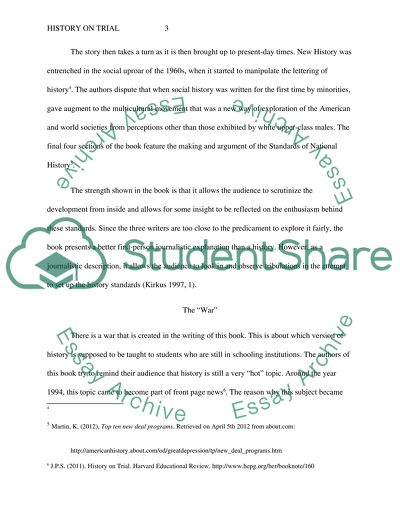Cite this document
(“A Review of the Book History on Trial Using Three Professional Reviews Report/”, n.d.)
A Review of the Book History on Trial Using Three Professional Reviews Report/. Retrieved from https://studentshare.org/history/1446459-a-review-of-the-book-history-on-trial-using-three
A Review of the Book History on Trial Using Three Professional Reviews Report/. Retrieved from https://studentshare.org/history/1446459-a-review-of-the-book-history-on-trial-using-three
(A Review of the Book History on Trial Using Three Professional Reviews Report/)
A Review of the Book History on Trial Using Three Professional Reviews Report/. https://studentshare.org/history/1446459-a-review-of-the-book-history-on-trial-using-three.
A Review of the Book History on Trial Using Three Professional Reviews Report/. https://studentshare.org/history/1446459-a-review-of-the-book-history-on-trial-using-three.
“A Review of the Book History on Trial Using Three Professional Reviews Report/”, n.d. https://studentshare.org/history/1446459-a-review-of-the-book-history-on-trial-using-three.


